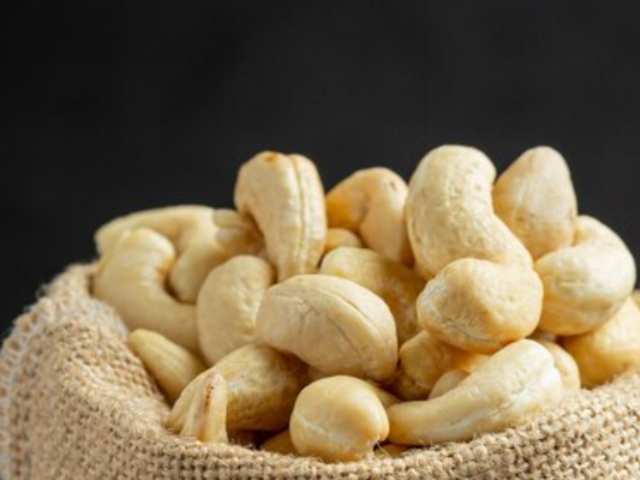
Prerna Dubey, Digital Strategic Consultant at WolfzHowl Strategic Instigations
Prerna Dubey, Digital Strategic Consultant at WolfzHowl Strategic Instigations on improving performance marketing.
Sep 1, 2020, 12:14 IST
ad-agencies
Post Covid-19 world demands for Performance Marketing 2.0
Sep 1, 2020, 12:14 IST
Prerna Dubey, Digital Strategic Consultant at WolfzHowl Strategic Instigations on improving performance marketing.
- Consumers have opened up to experimenting, trading brand loyalties for availability of stock and that is where
performance marketing comes into the picture. Prerna Dubey , Digital Strategic Consultant atWolfzHowl Strategic Instigations writes how you should approach performance marketing in the post-Covid-19 world.
How should you approach performance marketing in the post-Covid-19 world? Here are our thoughts:
- Targeting: Targeting has always been about demographics + in-market segmentations at best. But this is not the most foolproof method since all your competitors would be doing the same thing. Here’s how we recommend you segment your audience base:
- Start by segmenting your audience based on usage and attitudes towards your category. Understand the innate reasons for these attitudinal patterns
- Add a layer of demographics on top of these segments
- Create personas by identifying barriers for conversion for each of the segments
- Content: This becomes one of the most important elements for running your ad and has multiple elements that you, as a marketer will need to consider.
- Messaging: When all of us have faced content fatigue, messaging becomes very importance while serving an ad. Unfortunately, it is also the most over-looked part of performance marketing strategy. Due to the character restrictions and the sheer number of pieces that the copy writer has to write and the designer needs to creates (sizes, formats etc.), messaging always gets the step-child treatment. However, there’s a far more deep-seated reason why the messaging is always cliched and not very impactful – not knowing the audience. Until we’ve identified everything about the cohort & understood their barriers, only then can we identify the trigger for conversion. If as marketers, we are not able to work on the messaging of the ad copy, the conversion rate will remain poor, no matter how many segments and personas we create. Remember, each segment, each persona, each sub-persona will require a separate message.
- Content Types: Content is king but content type is what gets you the attention. Be present in as many content types as possible. Create videos, audios, static images, GIFs to tell your story. But remember, if your story is not strong, no content type can save you.
- Do not ignore SEO. Think SEO with a filter of performance. Look beyond category keywords and think like a human being searching for your category for through various stages of the conversion funnel and write content accordingly.
- Go Local: Regional Language advertising is the best bet for quicker conversion. Invest in building a team of copywriters who can write effectively in local languages. Avoid translations. What we’d suggest all brands to do is get into DCO (Dynamic Creative Optimization). Invest in tools that will help you churn this out faster.
- Media Platforms - Marketers are genuinely spoilt for choice when it comes to media vehicles to choose from. From OTT platforms to social media platforms, from gaming apps to independent blogs and
eCommerce stores; the list is endless. How do you choose the right platforms to advertise on? Here are a few questions to ask yourself before choosing the media mix:
- Are you blanket bombing on all platforms where your audience is present and hoping that they will see it and click on it? Is this the best solution always? Don’t diss this completely, at times it works
- Are you present on a platform that is not related to your category directly but if the communication is crafted well, the platform can work for you?
- Is the platform seemingly expensive but has better quality of audience that has a higher chance of conversion?
- Which platform will be the anchor platform for which part of the
marketing funnel ?
- Marketing Funnel – Marketing funnels will no longer be as linear as Awareness-interest-consideration-purchase. There will be stages of going back and forth between stages, seeking reviews from authentic, reliable sources (read: friends, families and real subject matter experts and not digital influencers who may not hold subject matter expertise. Read our blog on Re-rise of Collectivism here). Tracking these funnels is extremely important and needs to be considered while planning your campaigns. Also, think platform journeys and the role of each platform in each stage of the campaign.
INSIDER INTELLIGENCE REPORTS







